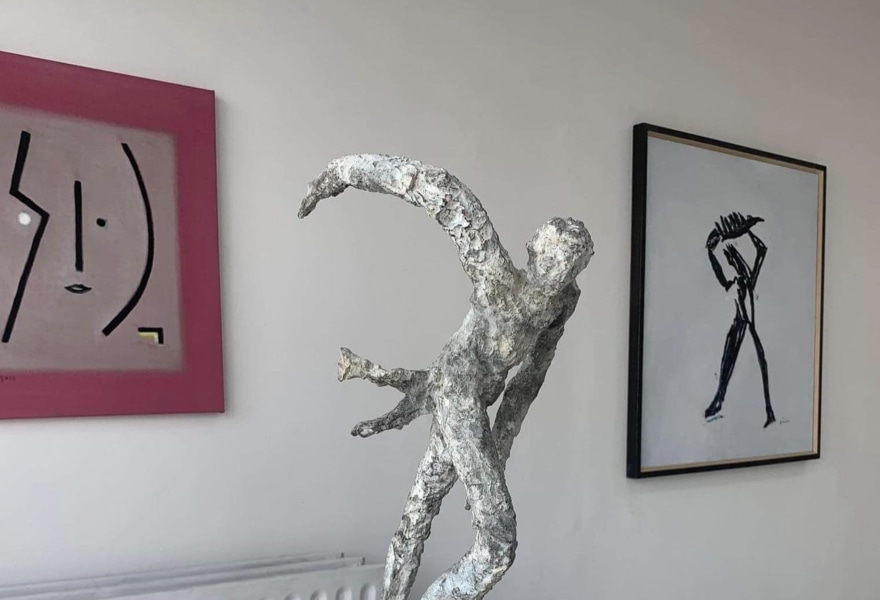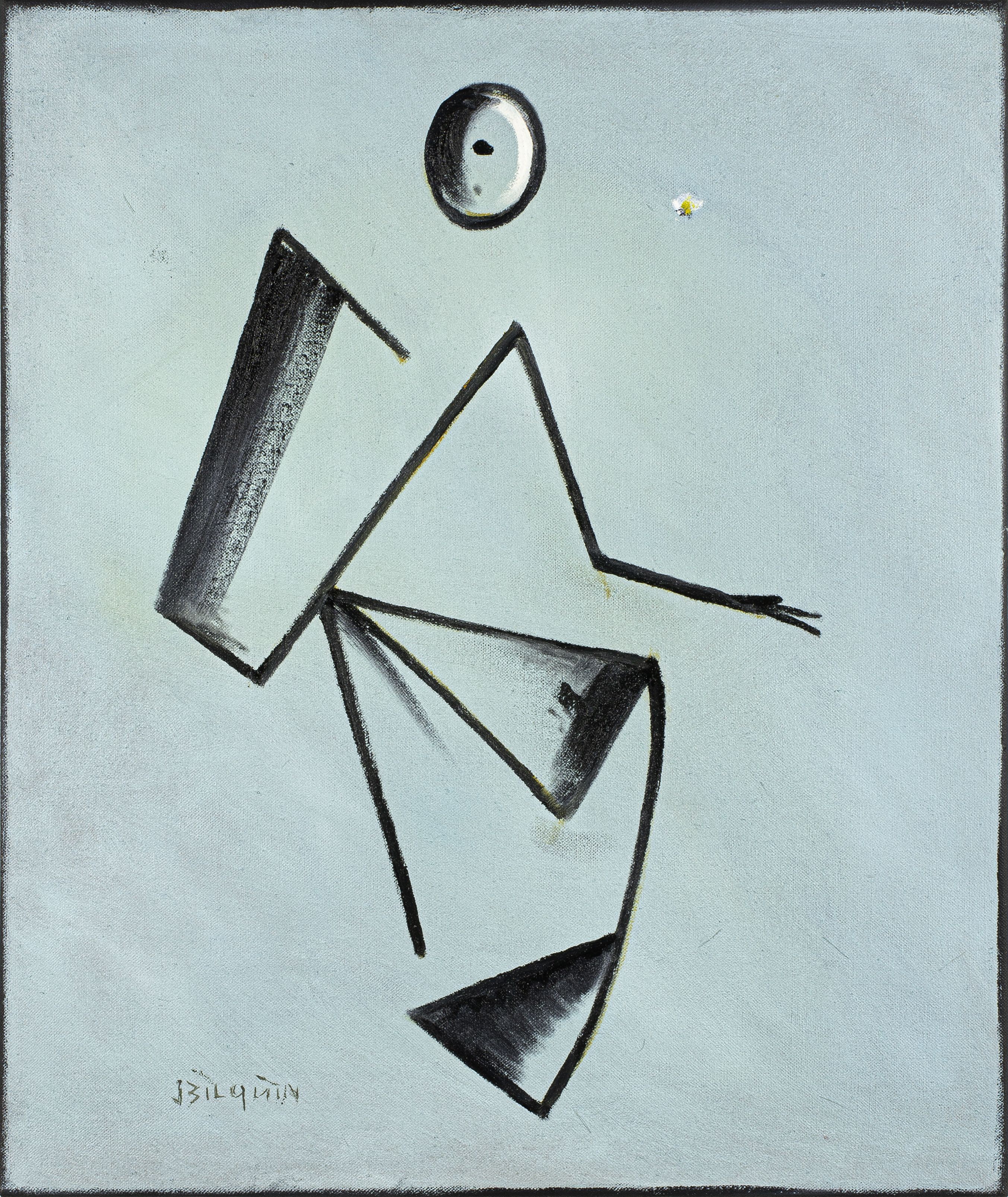03 october 2022, Flor Linckens
The physical and mental struggle of Jean Bilquin
Until 9 October, Gallery Sofie Van den Bussche in Brussels is presenting a solo exhibition by the Belgian artist Jean Bilquin.
The artist, who was born in Ghent in 1938, trained as a graphic artist and then worked in the advertising world for a while. After a while he decided on an education at the Royal Academy of Fine Arts in Ghent, where he would end up teaching for more than twenty years, later in his career. His works are often characterised by human figure, viewed from the imagination with elements from Greek mythology, nature, everyday life and human interaction.
The Belgian artist's practice is marked by contradictions. He moves on the border between innovation and tradition, between figuration and abstraction and perfection and imperfection. Bilquin prefers a multitude of materials: acrylic and oil paint and pigment, as well as ink, polyester, bronze, concrete, charcoal, pencil and pastel. Occasionally, his visual language seems to refer to calligraphy.
Bilquin's work process is marked by a continuous search and evolution. In Gallery Sofie Van den Bussche Bilquin shows a series of new canvases, combined with sculptures he has made over the past ten years. A recurring theme is the line and the ways in which chance plays a role in that. For the artist, this parallels life — and by extension: the artistic process — because we are constantly looking for a sense of control, since we are permanently subject to arbitrariness and unpredictability in our lives. From illness and adversity on a personal scale to wars, pandemics and natural disasters on a collective level. Bilquin's works are a representation of this process of survival, that physical and mental struggle, and at the same time it's a way for the artist to deal with it. His latest works are the result of an unhappy period in Bilquin's life: his wife suffers from dementia.
In 1999 Bilquin's work was shown in a major retrospective at the Provincial Museum of Modern Art in Ostend, which merged with the Museum of Fine Arts of Ostend in late 2008 and has since been known as Mu.Zee (Kunstmuseum aan Zee). In 2003, he presented a major solo exhibition in the restored Caermersklooster (cloister) in Ghent, which was renamed Kunsthal Gent in 2019. In 2008, Kunsthal Sint-Pietersabdij in Ghent organised a retrospective of his work.



